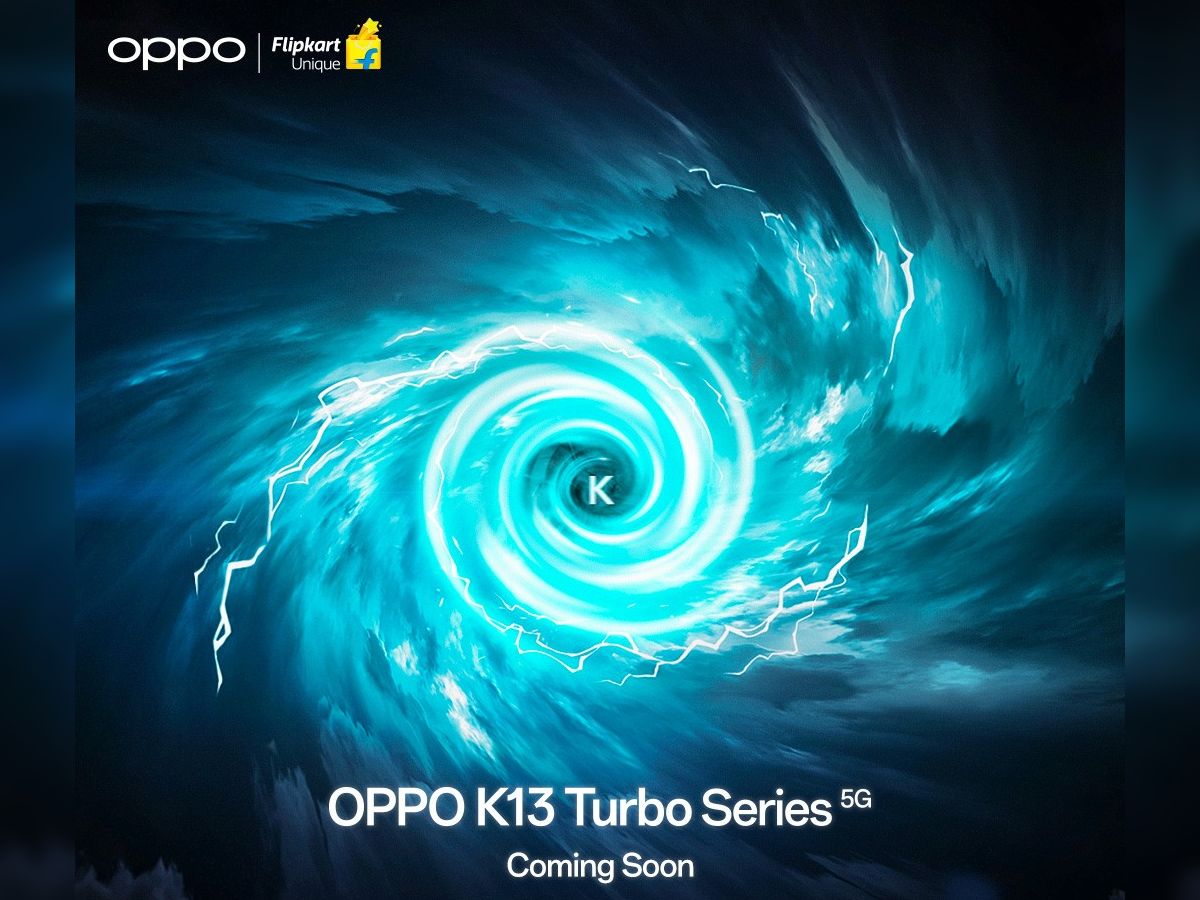Verdict
Small in size and surprisingly efficient, on paper the RTX 5070 should be an impressive card. However, given slightly inflated pricing compared to launch, limited VRAM, and the arrival of competing RX GPUs from AMD, the RTX 5070 just doesn’t feel as good as it should, even with the 50 series’ far superior frame-generation techniques and DLSS 4. Still, if you’re after a solid 1440p card, it’s a fine pick, certainly if you haven’t upgraded since the RTX 20 series.
-
Strong DLSS performance -
Solid 1440p gaming experience -
Small form factor and low power draw
-
Hit by inflation already -
RX 9070 XT is a better option -
Less potent than last gen
Key Features
-
Review Price: £619 -
DLSS 4 & MFG
The latest RTX 50 series introduces DLSS 4 to the GPU world. Although DLSS doesn’t itself see major improvements, AI frame generation can now insert up to three additional frames while improving on the quality thanks to a new transformer image gen model, massively improving framerates. -
12GB of GDDR7
Although very limited in overall capacity at just 12GB, the RTX 5070 features Samsung’s latest GDDR7 VRAM, delivering some crazy high memory bandwidth topping out at 672 GB/s on a 192-bit bus. -
Power Draw & Form Factor
Thanks to a compact size and some serious efficiency improvements, the 5070 has a total TDP of just 250W. With lower thermals and smaller AIB designs, it’s an impeccably small GPU ideal for SFF builds.
Introduction
It’s a tough old world out there right now if you’re a fan of PC gaming. Graphics card stock availability, to be blunt, is poor. If you’re looking for a modern-day card that’s in stock and at its debut retail price, you’re going to struggle to find one. Fortunately for us, Nvidia’s RTX 5070 is one of the few cards that seems to be bucking that trend, ironically thanks to a less-than-stellar launch.
The RTX 5080 and RTX 5090 delivered some incredible top-tier performance for modern gamers, taking what the last generation had mustered and amplifying it significantly, either through a sheer increase in overall GPU size or the introduction of DLSS 4 with a smaller bump in internal hardware.
The RTX 5070, on the surface, is underwhelming by comparison. Although it still has access to Nvidia’s latest DLSS shenanigans, it features a smaller GPU than its RTX 4070 Super predecessor, and overall performance isn’t actually that much higher either. In fact, in my own testing, it’s slightly worse than an RTX 4070 Ti Super. It’s certainly not going to make it into our best graphics card of 2025 list, that’s for sure.
Weirdly, however, that poor reception and the arrival of the arguably much more potent RX 9070 and 9070 XT from AMD have helped it in one critical area. Stock. Although arguably a crisis of Nvidia’s own making, the RTX 5070 seems to be one of the only cards that’s available to purchase right now.
Specs
Top-line specs are, for the most part, a little dull here. The RTX 5070 is still built out of the back of TSMC’s N4 manufacturing process, a 5nm design that, according to Nvidia, is slightly more efficient with higher density than the previous edition used on the RTX 40 series.
As for the core hardware, CUDA cores sit at 6144 (the RTX 4070 featured 5888, so that’s a 4% increase). On top of that, you get 192 TMUs, 80 ROPs, 48 ray tracing cores, and 192 Tensor cores. Official clock speeds sit at around 2.16 GHz on the base, with a max of 2.51 GHz on the boost. In my own testing, the Gigabyte Eagle Ice OC SFF I have on test here slid in with a whopping 2,902 MHz as its max clock.
TDP is also relatively low, although it has seen quite a bump in comparison to its predecessor, the RTX 4070 Super. Still, 250W is relatively manageable, and this has allowed AIB partners to create some impressively small cooling solutions for that GPU, making this an ideal graphics card for those in airflow-limited cases or smaller form factor builds, as it takes up far less space. It’s still dependent on Nvidia’s custom 12VHPWR cable, so there’s that to bear in mind, but a 750W PSU should be plenty in any modern-day rig.


As for VRAM, similarly to the RTX 4070 Super, you still only get 12GB total capacity, limiting it somewhat at 4K. It is utilising Samsung’s latest GDDR7 memory, which does bring with it some serious efficiency improvements along with additional bandwidth capacity as well. But here’s the weird thing: Nvidia has downgraded the bus width from 256-bit on the 4070 Super to just 192-bit for the 5070, effectively eliminating those potential speed increases.
That bugbear becomes even more inflammatory when you consider AMD’s RX 9070 XT also has 16GB of GDDR6X under its wings as well. Although that is slightly slower, even being on a 256-bit bus with a max throughput of just 640 GB/s.
Why the 25% TDP increase then? That might sound odd, I’ll admit, given we’ve got a supposedly more efficient manufacturing process, a smaller GPU, less transistors, more efficient memory, and only a 4% uptick in total additional internal hardware, but the answer is pretty simple. Clock speed. Nvidia has ramped this thing up on that front quite considerably.
Officially, the RTX 5070 has a max boost clock of 2,587 MHz, while the RTX 4070 Super comes in at just shy of 2,475 MHz. From my own tests, the 5070 tapped out at 2,902 MHz under load, whereas the RTX 4070 Ti Super (a far more potent card) only clocked out at 2,730 MHz). So what we’re seeing is a dramatic improvement in performance, not thanks to any particular clever engineering here compared to last gen, but rather, pure power and a slight uptick in internal hardware.


Test Setup
For the RTX 5070 (the version I am reviewing here is the Gigabyte Eagle OC SFF) and Nvidia’s latest 50 series cards, I decided to revamp our testing suite to really push it to the absolute limits with a slew of new titles and benchmarks. These are a mixture of both synthetic and real-world gaming engine tests, complete with temperature, power draw, and price-to-performance metrics as well.
Each test is run three times to draw an average result from the lot to eliminate any inconsistencies or errors, and all five games are run at each of the three main resolutions as well. Our game tests include Cyberpunk 2077, Black Myth Wukong, Metro Exodus: Enhanced Edition, Final Fantasy XIV Dawntrail, and Total War: Warhammer 3 (specifically the Mirrors of Madness benchmark).
All games are tested on the Ultra graphical preset, with some slight adjustments for Cyberpunk 2077 and Black Myth Wukong. CB2077 has DLSS disabled, with RTX enabled, and BMW has both disabled for these standard tests.


I also do a separate set of AI upscaling and frame-generation testing at 4K as well, both with Cyberpunk and Black Myth. For these, DLSS or FSR is utilised depending on the graphics card on test, and frame generation is enabled on a separate run at its minimum setting. Upscaling preset is always set to “quality”, and RTX is turned on for Black Myth Wukong too.
For synthetic testing, I’m using a mixture of UL’s 3D Mark suite and the Procyon suite. 3D Mark features Steel Nomad and Speed Way runs, whereas for Procyon, I’m specifically looking at how these GPUs operate under AI workloads, with both inference and AI image generation tested accordingly.
- CPU: AMD Ryzen 9 9900X
- RAM: 32GB (2x16GB) Team Group T-Create Expert DDR5 @ 6000 C34
- Motherboard: ASUS ROG Strix X870E-E Gaming WiFi
- CPU Cooler: Tryx Panorama 360mm AIO
- Cooling: 8x NZXT RGB Duo 120mm fans
- PSU: 1500W NZXT C1500 2024 80+ Platinum PSU
- SSD 1: 2TB Crucial T705 PCIe 5.0 M.2 SSD
- SSD 2: 4TB Crucial T500 PCIe 4.0 M.2 SSD
- Case: Lian Li Vision O11 Compact
For my test bench, although I’m not using one of the best CPUs out there right now, the AMD Ryzen 9 9900X is a fine chip that’s well balanced across the board and provides minimal bottlenecks at any resolution.
Theoretically, an X3D chip may have been faster in some titles, but as not every game can benefit from that enhanced 3D cache, I felt it more appropriate to go with the 9900X instead, opting for a greater clock speed.
Otherwise, each card is tested in a well-ventilated case with direct air cooling on the GPU thanks to three intake fans, and the rest of the system remains fairly concrete, with the Crucial T705 acting as my OS SSD and the Crucial T500 as the game storage drive. Power is supplied thanks to an NZXT C1500, and all temperatures are measured via HWMonitor, plus an in-room ambient temperature thermometer and a power meter plugged in at the wall.
Gaming Performance
- Solid at 1440p
- Okay, at 4K
- Outpaced by older cards
Onto the meat and potatoes, and well, it’s not a super exciting graphics card; that much we can be sure of. The best results really came at 1440p, with Cyberpunk 2077 and Black Myth landing scores of 44.7 fps and 47.7 fps, respectively. Metro Exodus slid in at 65.8 fps, Total War at 81.1, and Final Fantasy thankfully at 153.1 fps. Unfortunately, the RTX 4070 Ti Super beat it out in almost every test at that same resolution, quite comfortably too. Except with one exception, that being Total War, which generally seems to benefit from higher clock speeds.
Bump up the resolution up to 4K, and certainly in games with larger texture size, you can see where that VRAM capacity makes a difference. Cyberpunk in particular, scoring 24.5 fps with the 4070 Ti Super and just 18.8 fps on the 5070 and its 12GB of VRAM.
Otherwise, performance generally repeated what occurred at the previous resolution, with the Ti Super winning out across every test, bar Total War, losing by 2 fps respectively.
Still, these are solid numbers, and if you’re into more casual gaming at 4K, the RTX 5070 can hold its own here. In fact, I’d argue that at 1440p, if you haven’t upgraded since the 20 series, it’s definitely worth considering, particularly given current stock levels.
Ray Tracing, DLSS, & AI Performance
- Nvidia has the edge in AI
- Access to MFG, or multi-frame gen, for the first time
When it comes to AI upscaling, understandably, Nvidia still has an edge over its AMD competition, albeit less so over its predecessors, it would seem. Again, the RTX 4070 Ti Super wiped the floor with it in pretty much every test, particularly in Cyberpunk 2077 with that traditional frame-gen tech. For clarity on that, the 4070 Ti Super landed 78.1 fps versus 66.3 on the 5070. Not quite the RTX 4090 killer. Similarly, even stock standard DLSS no frame-gen saw scores of 45.9 fps versus the 5070’s 39.5. That’s still playable, of course, but it just further cements that notion of this not being quite the potent upgrade we were all hoping for.
UL Procyon tests revealed similar results, with scores of 2,005 for the 5070 in Computer Vision on Windows Machine Learning API and 3,443 with Nvidia’s TensorRT. Interestingly, it’s slightly faster than the Ti Super’s. It did, however, lag behind on image generation slightly, albeit still putting in a very good showing.
The big thing to bear in mind, particularly for the RTX 5070, is that it also has access to MFG, or multi-frame gen, for the first time, unlike its 40 series predecessors. Effectively, the 5070 can take advantage of its Tensor cores and relative machine learning models to insert up to three additional frames, unlike traditional AI frame gen. This dramatically improves overall frame-rates in game, albeit at the cost of some latency and a slight reduction in visual quality. Although it’s worth pointing out that Nvidia’s new Transformer model is far superior to the older convolutional model for image quality and clarity, although your mileage may vary.
If you can stomach the added latency, it’s a big selling point, and you can see those same Cyberpunk tests at 4K skyrocket upwards of 100 fps.
Power Consumption & Temperature
- Nvidia has disabled the “Hot Spot” sensor
- It is toastier than the RTX 4070 Ti Super
Overall, Ts & Ps were very much where I expected them to sit, all in all. The ambient temperature at the time of testing was 24.0 °C, and the max GPU temp topped out at 79.4 °C.
It’s worth noting Nvidia has disabled the “Hot Spot” sensor still in this generation of cards, so it’s hard to tell true absolute temps, but, as far as GPU throttling is concerned, we’re still a way off from the TJMax on that Blackwell architecture. It is toastier than the RTX 4070 Ti Super (which managed a max temp of 72.0 °C despite an ambient temp 3 °C higher), but not by much. Power draw was surprisingly lower here too, with max power draw during testing topping out at just 508.5 W.
Again, this really does highlight just how effective this thing will be inside of a fully fledged SFF gaming PC or similar build. If you’re toying around with putting together an ITX rig, this could be a good fit.
Should you buy it?
If you haven’t upgraded for a while
It’s in stock, readily available for not a huge amount more than its RRP, and delivers some impressive fps at 1440p and 4K if you enable MFG. The RTX 5070 is a fine card in isolation and, with a smaller form factor and lower power draw, a good fit for smaller form factor builds.
If you’re looking for the best bang for your buck
If you’re on the last generation of cards, RTX 4070 or Ti Super, there’s not a good argument here for the upgrade. The RX 9070 XT provides far more for a similar cost, if you can find one in stock, and as a gen-on-gen upgrade, the 5070 is seriously underwhelming.
Final Thoughts
Is the RTX 5070 a good GPU? That’s really what’s up for debate. The answer is going to vary massively depending on your own circumstances. It’s one of the few GPUs that’s still in stock at the time of writing. If you want a modern 50 series, it’s a tempting proposition. At 1440p it holds its own well; however, no more so than the RTX 4070 Ti Super or RTX 4070 Super it’s meant to be replacing.
If you’re on the last generation of card or are even curious about dabbling on the AMD side of the fence and can find one in stock, then something like the RX 9070 XT might make a whole lot more sense.
How We Test
Every GPU we test gets installed in a dedicated test bench for benchmarking. We utilise 67 data points to analyse each GPU, covering all three key resolutions, along with GPU temperature, system power draw, $ per frame, and many more. There’s a combination of synthetic and in-game benchmarks giving us a good understanding of how these cards perform, both in isolation and against each other.











